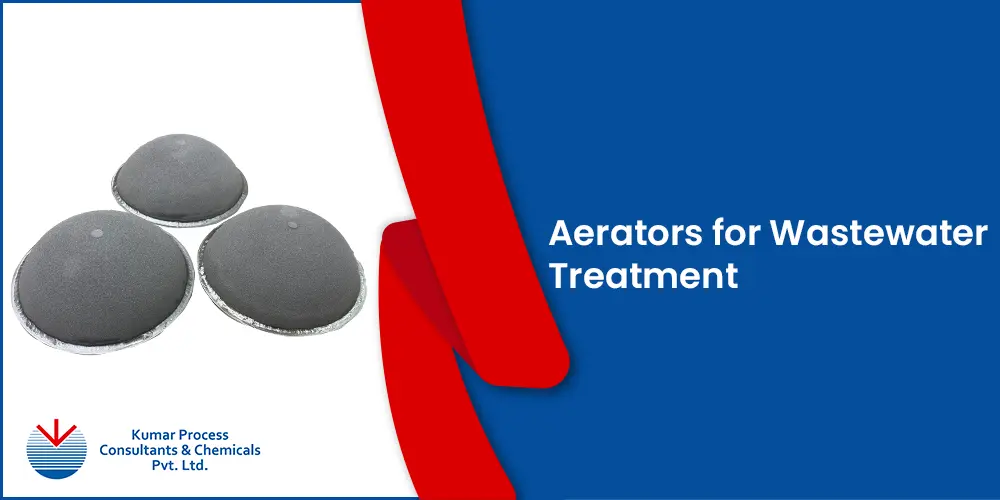


Aeration treatment of wastewater is a natural and effective process that introduces air into wastewater to perform the breakdown of pollutants. This method enhances the activity of aerobic microorganisms, which help degrade contaminants without the need for excessive chemicals.
An aeration system improves water quality by increasing oxygen levels, balancing pH, and supporting biological treatment processes. Various wastewater aerators are available, including surface aerators, diffused aerators, and jet aerators, each designed to optimize oxygen transfer based on treatment needs. Here, we will discuss why aeration systems are used in industrial wastewater treatment.
Aeration plays a crucial role in wastewater treatment by supplying oxygen to bacteria, enabling the breakdown and stabilization of organic matter. Bacteria require oxygen to biodegrade pollutants efficiently, converting carbon-based organic compounds into carbon dioxide and water. Without sufficient oxygen, wastewater undergoes slow and odorous septic conditions, leading to incomplete pollutant conversion. Under these conditions, hydrogen sulfide forms from hydrogen and sulfur, while carbon transforms into methane or organic acids, lowering pH levels and making treatment more challenging.
An aerator in water treatment facilitates the oxidation of dissolved metals such as iron and manganese while helping remove volatile organic compounds (VOCs) and hydrogen sulfide, which contribute to foul odors. Additionally, aeration balances pH levels and improves water clarity by reducing turbidity. In wastewater treatment, aerators for wastewater treatment ensure that bacteria efficiently break down organic pollutants, preventing septic conditions that lead to odor formation and incomplete degradation.
Aeration is a crucial step in the wastewater treatment process for eliminating microorganisms and bacteria. Various types of aerators in water treatment are used to achieve effective oxygenation and purification.
Aeration treatment is crucial in wastewater treatment, offering several benefits that enhance process efficiency and effectiveness:
Aerators for wastewater treatment supply oxygen, allowing bacteria to break down organic pollutants into carbon dioxide and water, preventing toxic septic conditions.
Aeration removes pollutants like dissolved gas, metals, VOCs, ammonia, and methane, ensuring the treated water is safe.
High oxygen levels prevent anaerobic conditions, reducing unpleasant odors and minimizing the impact on surrounding communities.
Kumar Process Consultants provides high-quality aerators for wastewater treatment, ensuring efficient and eco-friendly water purification. Our aeration systems help to increase oxygen levels, support beneficial microorganisms, and effectively remove pollutants. Designed for both municipal and industrial applications, our aerators enhance treatment efficiency by maintaining pH levels and reducing harmful gases. Contact Kumar Process Consultants for advanced aeration solutions, facilities can optimize their wastewater treatment process, ensuring cleaner water and environmental protection.
Aeration is used to introduce oxygen into wastewater, promoting the breakdown of organic pollutants by bacteria, removing harmful gas, and improving water quality.
An aerator works by mixing air with water, adding oxygen to the water, which allows bacteria to break down contaminants and helps remove dissolved gas.
Common methods include diffused bubble aeration, surface aeration, spray aeration, and packed tower aeration, each designed to mix air with water efficiently.
Aeration naturally removes pollutants, reduces odors, improves oxygen levels, enhances energy efficiency, and supports a healthier environment.